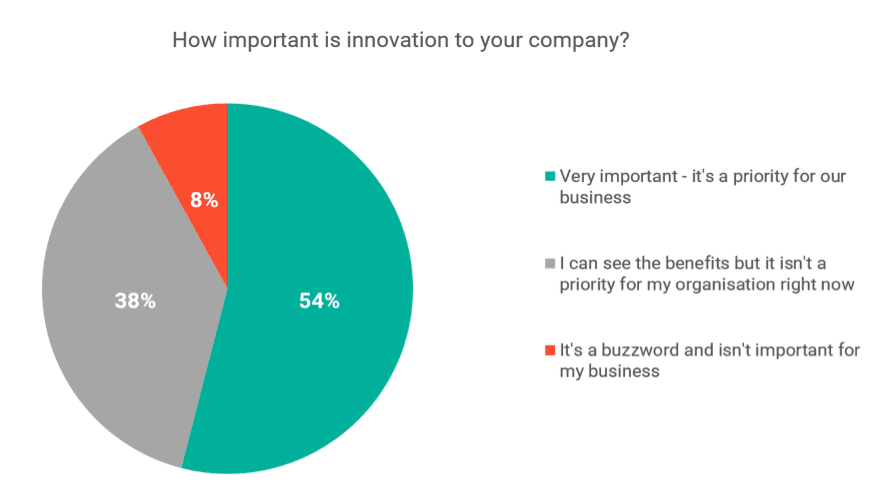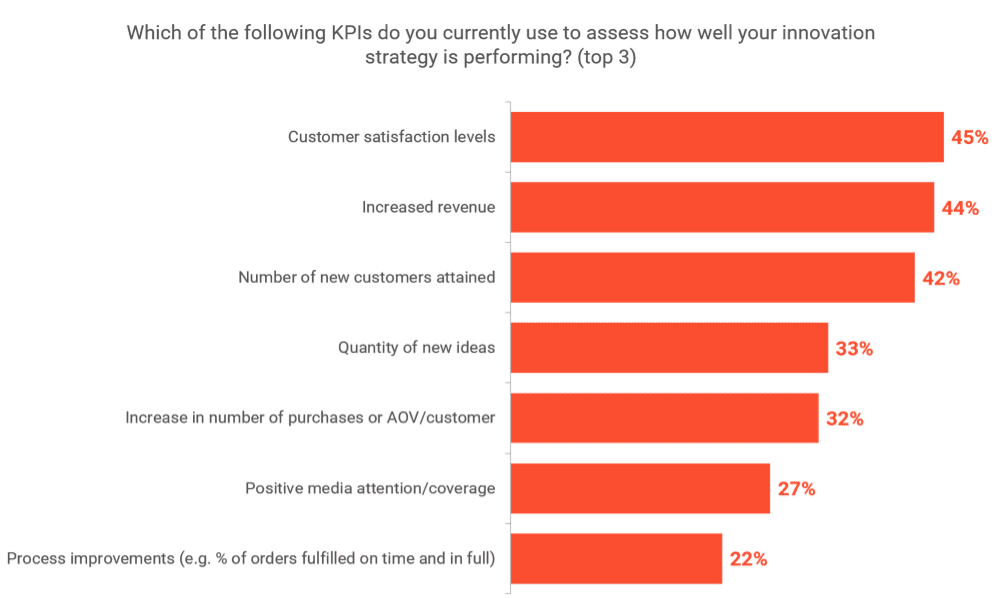

If you enter ‘Time Management Book’ in Amazon’s search bar, you will receive 43,584 results. These books offer hundreds of ways to maximize your time to be more efficient. But not many are focused specifically on the particular challenges sales professionals face. Online distractions and email addiction are often major problems for salespeople who spend much of their time online in an effort to stay up to date and competitive.
So, how does an overwhelmed sales professional free up time to focus on high impact selling activities and maintain a healthy work/life balance? Jill Konrath’s latest book More Sales, Less Time, answers these questions.
Packed with actionable advice on how to succeed in the age of distraction, this book promises to help you reclaim at least an hour a day, free up time to focus on priority sales activities, optimize your sales process, and transform your life by incorporating new, more productive habits.
Peak Sales Marketing Specialist and Sales Hiring Expert Taylor Dumouchel caught up with Jill to discuss how salespeople can succeed in the age of distraction:
Jill, what was your inspiration for writing More Sales, Less Time?
Shortly after my last book Snap Selling – all about selling to crazy-busy buyers – came out, I was speaking in front of a large group of salespeople at a conference. Afterward, a sales rep named Matt, came up to me and said, “Jill this is really good stuff for buyers and I see how this is going to work but I am crazy busy too! What do you have for sales people?”
He went on to describe his life. He would get up in the morning, race to the office, work around the clock, and try to meet his recently raised quota. He just couldn’t see any way to get it all done AND have a life AND be a father to his children.
The problem was, I didn’t have a response for Matt. I was feeling exactly the same way. As more time went on, there were more and more salespeople coming up to me saying, “I’m crazy busy. What advice do you have for me?” And I didn’t know the answer.

And finally, I got sick of not knowing. I was so crazy busy that I couldn’t stand it either. I needed to find a solution. And every time I address a sales challenge, and figure out a way to resolve it, I write a book about it. Thus, More Sales, Less Time.
The book is a model for how salespeople can succeed in the age of distraction. What would you say are the top causes of salespeople falling behind in their work?
The biggest reason salespeople fall behind is something that they haven’t a clue that they’re doing. They jump around from one task to another all day long. And, they think that’s the way they’re supposed to work. They get online in the morning, check email, think of something else they need to do, jump on LinkedIn, then check email, then jump to writing that proposal they need to work on, but then they think, “I better check email”.
All day long, they are moving from one focus to another. But the time increment between task jumping is miniscule. Research shows it used to be 3.5 minutes before people would switch tasks but with the digital age, it’s now 2-2.5 minutes. Research also shows that 72 percent of people respond to an email within six seconds. And, since they have so much riding on them, salespeople are amongst those who are constantly checking and responding to email. One of them just might be from the prospect they were hoping they’d close today. And as a result, their whole day is a function of disruption.
What we really need to consider is what this disruption does to our thinking and overall productivity. Research shows if you’re constantly disrupted, you’re adding an hour or two to your workday. But, this disruption also harms your thinking ability. And today, in order to be successful in sales, you need to be a world-class thinker. You need to be strategic, a fast-learner, up-to-date on what’s going on, and have insights for clients. Your head needs to be in the game, but if you’re bouncing around, it won’t be.
You say in order to overcome distractions, there needs to be a change. However, as you mention in the book, our brains are resistant to breaking bad habits. How can we overcome time-sucking temptations and recover lost time?
Habits are really hard to change – and I had no idea how hard they were until I started changing small habits of mine to get more done. I found out that my brain wanted to do things a certain way. For example, my brain was stuck on email. Every time a new email came in my brain instantly thought – “better check that!”
When we try to change habits, our brains create a massive resistance. To overcome this, you need to create goals and be really clear on what you want to accomplish. The goal can be anything from freeing up more time so you can get out of the office and have fun, to working hard to earn that promotion. Once you have established that goal, you need to ask yourself what you need to do differently and come up with a positive action – one that you can start doing and not one that you should stop doing.

It’s harder to change habits than we think. But in order to get more sales in less time, we absolutely have to change these default bad habits.
Let’s talk about email again. In the book, you advise readers to avoid checking email constantly. However, salespeople often feel the need to get back to important clients or prospects immediately. Will limiting time on email harm their sales?
As I mentioned before, most salespeople feel a strong sense of urgency and are constantly checking their emails, often responding within seconds. And, in some jobs, such as Inside Sales Reps, when your job is to follow up on leads coming in, there is research to support that quick replies have an impact on sales success.
But with the average salesperson, responding to an email in five seconds versus 60 minutes does not necessarily impact sales success.
How do you figure out if limiting time on email will affect your sales? Try conducting an urgency experiment. In my book, I discuss conducting this experiment myself. For a couple of days, I tested if not replying within 15 minutes would have any effect on my relationship with the client. I found there was no effect – and most of you will find the same thing.
In reality, our email is not as urgent as we think it is and it’s killing productivity. Research shows people who constantly check email are lowering their intelligence. Women who constantly check email drop their IQ by five points, and men drop it by a catastrophic 15 points.
So if we want to be really good at our sales jobs, we should not let email harm our ability to think, learn, and make critical decisions for our clients.
How are the distraction-busters mentioned in your book more effective than traditional time management strategies?
Most people think they need to master time management but time management assumes that you’re in an office and not living online. In reality, salespeople live online – it’s just how we do our jobs today.
Whether it’s communicating via email or social networks, or doing research on clients, salespeople are online and thus, living in a world where they are constantly exposed to distractions. In fact, the other day I found myself looking up, “Top Celebrity Plastic Surgery Fails.”
Can we manage that? That’s not time management – it’s distraction management. We have to use a whole lot of different techniques to protect us. What I found is we have to create a firewall around us.
You mentioned a firewall, tell me what a firewall is?
A firewall is protection from the storm of the distraction that’s around you. It’s admitting that we are powerless in this age of distraction of getting sucked in. I know I am not capable of preventing distraction myself – so I need a firewall to protect me.
How do you create a firewall? The first thing I did was use a software application called “Rescue Time” to investigate how I was really spending my time online. It was a rude awakening to see the amount of time I wasted being distracted.
The next step was getting my email monitoring under control. I was spending too much time constantly checking incoming email, which the majority of the time was not even work-related. To stop this time-sucking habit, I signed up for “enroll.me.” It’s a wonderful application that gives you the choice of whether or not you want to receive your subscription emails. I’ve been using this application for over a year now and I have unsubscribed from over 1,244 email subscriptions. Ultimately, this tool has given me an inbox that is much more friendly to work with.
Another software application I highly suggest using to create your firewall is called “Freedom.” Freedom is an app that will help you reduce distractions by blocking you from certain websites and apps for a period of time. When I have some focused work that I need to complete distraction-free, I launch “Freedom.” It gives me the opportunity to set a time limit for how long I want to be protected, and what sites and apps I want to avoid, and it works on all my devices – so I can’t cheat and check my email on my cellphone. And, we all cheat if we don’t protect ourselves with that firewall.
Your book teaches salespeople to reclaim time lost to distractions. How can they then optimize the time they do have to sell more?
I actually wanted to call my book Optimize Me because I think that’s really what it’s about – it’s how to get the most from yourself. Once you protect yourself from those distractions, you need to figure out how to spend the time you’ve reclaimed.
Start by asking yourself this question – what’s the most important thing I should be working on?
Most salespeople when they get to work they sit down and immediately start going through all their emails. Then boom – an hour and a half is gone and they haven’t really worked on anything essential.
The important question sellers should ask themselves at the beginning of the day is, “What do I NEED to get done?” Looking at all the things you could do and knowing you simply do not have enough time to do all of them, what one thing will help you reach your goal today?

Don’t just jump into work. By taking that time to focus, you actually do what you need to do.
Another thing that’s crucial, and that a lot of people don’t realize, is that our brains are not meant to sit at a computer all day long. It actually wears us out.
We need to think about working our day in blocks of time focused on specific activities. Put them on your calendar. Work in blocks. Then allow yourself to take a break.
One study on what differentiated top performers found that top performers work really hard for 52 minutes and then take a 17-minute break. The study found that the break gave their brain a chance to relax. They socialized with people, got up and moved around and, when they got back to their computer, they were much more productive.
The best thing to do is to leave your computer because when you do, your brain turns into mind wandering mode and finds the answers – better answers – to the questions you’ve been thinking about.
You talk about how gamification is used as a tool to help salespeople spark internal motivation to optimize their time. How can salespeople who work remotely or aren’t part of a “team” motivate themselves, when self-discipline becomes tiring?
First of all, trying to control our lives and to be so disciplined is perhaps one of the hardest things we ever have to do. You’re only given a certain amount of willpower per day and if you’re using it to go online and fight distractions, you wear yourself out much faster and actually reduce the quality of your thinking.
For me, it was so hard to change my habits, and I work remotely so I have to motivate myself – which can be a real challenge.
In order to change and become someone who got a lot done during the day, I actually decided to invent a game for myself. I studied gamification and read a number of books. I created an avatar for myself with challenges where I could move up through levels. But, it was such a pain to actually use the game I threw it away.
But I had one thing that changed everything for me – my avatar, Jill the Time Master. Each day when I got in the office, I would see the picture of my avatar hanging on the wall, and it would motivate me to play the role of Time Master. It was really silly and I never told anyone about it for a long time. But by playing the role of Time Master, I actually became the Time Master.
Research indicates that when you act as if you’re someone else, you start to possess some of the qualities you are pretending to be.
My day started changing as I started becoming the avatar. Jill the Time Master didn’t try to fight habits – she created new ones.
Now that readers have minimized distraction and optimized time, let’s dive into the next part – more sales. What are some tips salespeople can use to accelerate their sales?
There are many things salespeople can do to accelerate their sales – and this is something that has always fascinated me and was the focus of all my previous books.
First and foremost, people can study their craft and become better salespeople. The more you spend time determining the effectiveness of your actions and studying different ways to interact with customers and help them realize the value of change, the more successful you will be.
But, there are other strategies you can use to accelerate your sales. One thing I always felt was crucial to sales success was leveraging trigger events. Trigger events are things that happen – internal or external to a company — that change the organization’s priorities.
One example of this could be a bad third quarter earnings report. If a company has a bad third quarter, all of a sudden there is going to be pressure across the board to reduce costs and drive more sales. So, how can you leverage the fact that your client needs to be more cost conscience? Well, your product may help increase productivity or efficiency. If you can call someone right now, while they’re under pressure to meet these objectives, and craft a personalized message to get in, you’re more likely to get the sale. If you track your client’s environment, you can leverage the trigger event to get in the company.
Another thing you can do to accelerate sales is to make decisions simpler for your prospects. In many cases, salespeople will want to impress prospects, so they tend to overcomplicate things and send an information overload. But prospects are busy people. They barely have time to read your message let alone read three pages of information on the value of your product/service. Simplifying things as much as you can really contributes to accelerating sales.
Those are just some strategies mentioned in my book.
What are some strategies you recommend to help salespeople to keep overwhelmed buyers moving?
At the front end, salespeople need to be able to pique someone’s curiosity. They really need to look at their value proposition and figure out what is of most interest to prospects. But people at the front end of the sales cycle, often haven’t made these decisions before and they’re quite overwhelmed.
Research shows in many decisions, there are 6-7 people involved. And, they feel overwhelmed and don’t know how to make the decision. One thing you can do is help them create a road map that shows where they are in the buying cycle currently and how that matches up with your other clients who are making similar decisions. You can then outline a typical process other companies are following to get them from where there are today to their end goal. The road map helps clarify exactly what they will need to do and also establishes you as a knowledgeable person who has worked with similar companies before and truly understands how their company works.
Another thing that makes a big difference is talking about the tough stuff. Discuss the challenges they may face and propose solutions to how to handle them. For example, the financial department is going to want know about risk. You can present the client with some ideas on how they can reduce the risk and get the financial department to buy into the decision. Your client is in a situation where they have to get all buying decision makers to agree. Help make that process easier by providing advice on how to overcome challenges, and how you can make a difference.
One final thing that helps keep overwhelmed buyers moving is not to try to oversell them. Start with one thing to get them working with you on the project – perhaps doing research or working with one area in the company. By doing that, you get your foot in the door and have an opportunity to show your value, develop a relationship, find out more ways to help them, and build the deal as you go along.
Finally, can you tell us how using the strategies in your book helped you gain more sales, in less time?
Yes, I can! Let me first say – it helped me gain sanity. If you’re constantly working around the clock it is exhausting and you are not your best self. The best thing these strategies taught me personally, was to limit the number of hours I was working. My goal was to hold my income steady, but not work so much.

Now, I’m working on reducing the number of hours even more to see if I can still earn the same income in fewer hours. I started out this project really crazy-busy. And it’s almost as if I wore that as a badge of honor – I was proud to be crazy busy and proud that everybody ‘needed’ me. It made me feel invaluable.
But what I found out is being crazy-busy is something I control, and I’m not at my best when I’m out of control. I really believe people can sell more in less time.
Watch the full interview with Jill:
Join the #MoreSalesLessTimeChallenge for simple strategies to help you earn more revenue without working round the clock.
About Jill:
 With over 1/4 million LinkedIn followers, Jill Konrath was recently named one of the top 7 sales influencers of the 21st century. She’s an international speaker and bestselling author of 4 books including SNAP Selling, Agile Selling and Selling to Big Companies. Her newest one, More Sales Less Time was just released on December 6th.
With over 1/4 million LinkedIn followers, Jill Konrath was recently named one of the top 7 sales influencers of the 21st century. She’s an international speaker and bestselling author of 4 books including SNAP Selling, Agile Selling and Selling to Big Companies. Her newest one, More Sales Less Time was just released on December 6th.
The most recent challenge Jill has tackled is overwhelm. Every sales rep she talked to was crazy-busy, working non-stop. She felt the same way. Today, after several years of serious study, epic battles with deeply ingrained habits and personal experimentation, she’s a different person.
In her newest book, MORE SALES, LESS TIME, Jill shares what she learned—the good, the bad and the ugly. (Yes, you’ll see some of her warts!) Most importantly, you’ll discover how to regain one to two hours per day—and get your mental mojo back so you can be at the top of your sales game.
The post More Sales, Less Time: One-on-One Interview with Jill Konrath appeared first on Peak Sales Recruiting.











 Kiki Schirr is a freelance marketer. She is an avid Medium user and loves learning about new technologies. Kiki is currently focusing on a new Medium publication she calls
Kiki Schirr is a freelance marketer. She is an avid Medium user and loves learning about new technologies. Kiki is currently focusing on a new Medium publication she calls 




















 Thanks to
Thanks to 

















 With over 1/4 million LinkedIn followers, Jill Konrath was recently named one of the top 7 sales influencers of the 21st century. She’s an international speaker and bestselling author of 4 books including SNAP Selling, Agile Selling and Selling to Big Companies. Her newest one, More Sales Less Time was just released on December 6th.
With over 1/4 million LinkedIn followers, Jill Konrath was recently named one of the top 7 sales influencers of the 21st century. She’s an international speaker and bestselling author of 4 books including SNAP Selling, Agile Selling and Selling to Big Companies. Her newest one, More Sales Less Time was just released on December 6th.









